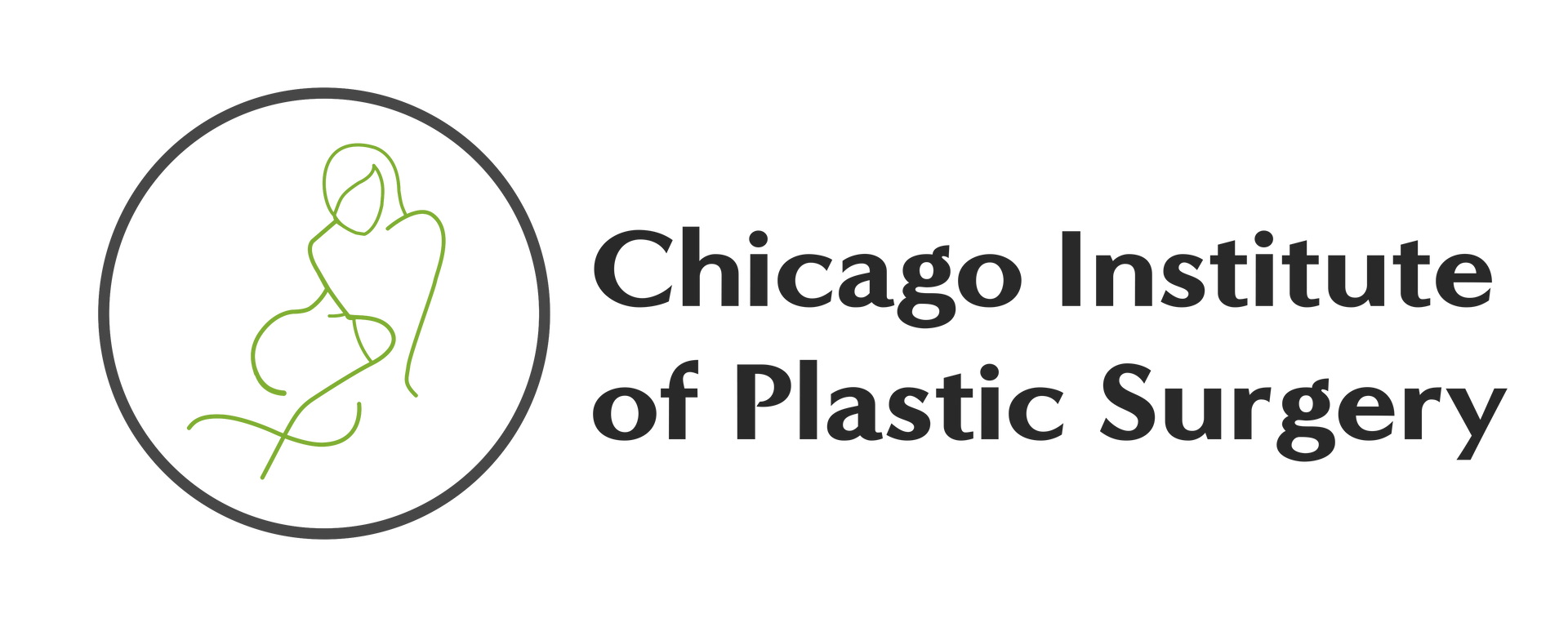Tummy Tuck Surgery: 3 Common Complications and How to Prevent Them
Abdominoplasty, commonly known as a tummy tuck, is a surgical procedure designed to remove excess skin and fat and tighten the abdominal muscles. While it can dramatically improve body contours, like all surgeries, it comes with potential risks. Being aware of the most common complications and taking preventive measures can make recovery smoother and ensure the best results. If you are considering this procedure, it’s important to choose a reputable plastic surgery clinic for safe and effective outcomes.

1. Infection
Infections are one of the risks associated with any surgical procedure. After a tummy tuck, infection can develop at the incision site or deeper in the tissues. Warning signs include:
Redness, warmth, or swelling around the incision
- Persistent or worsening pain
- Discharge or unusual fluid
- Fever or chills
How to Reduce Risk:
- Keep the surgical area clean and dry at all times.
- Take antibiotics exactly as prescribed by your surgeon.
- Avoid heavy lifting, intense exercise, or movements that strain the abdomen.
- Report any suspicious symptoms immediately to your surgeon.
Prompt treatment is essential if an infection occurs. Many surgeons also take preventive steps such as maintaining strict operating room sterility and providing antibiotic coverage before, during, and after surgery.
2. Seroma (Fluid Accumulation)
A seroma is a collection of fluid that can form under the skin after a tummy tuck. This happens because surgery creates a space between the abdominal muscles and skin, where fluid naturally accumulates during healing.
Signs of Seroma:
- Swelling or puffiness in the treated area
- Discomfort or tenderness
- Noticeable lumps beneath the skin
Prevention and Treatment:
- Surgeons often place drains to remove excess fluid and reduce seroma risk.
- Progressive tension sutures can help minimize empty space under the skin, preventing fluid buildup.
- If fluid does accumulate, it can usually be drained safely using a needle or small catheter.
- Compression garments also help prevent recurrence.
3. Scarring
Scarring is inevitable with a tummy tuck, as a horizontal incision is made along the lower abdomen. Factors like age, skin quality, and surgical technique affect how noticeable scars become. Initially, scars may be red, raised, or firm, but they gradually fade and flatten over 12–18 months. Patients sometimes combine tummy tuck procedures with Skin removal surgery in Chicago for more extensive contouring results.
Ways to Minimize Scars:
- Follow all post-operative instructions carefully.
- Keep the incision protected from sunlight.
- Maintain cleanliness and dryness at the incision site.
- Use recommended silicone sheets or topical scar treatments to improve healing.
Good surgical planning, careful measurements, and post-operative anti-scar protocols can significantly reduce scar visibility. Even though some scarring is normal, most patients find that scars become inconspicuous over time.
Final Thoughts
The most common tummy tuck complications—infection, seroma, and scarring—are manageable with the right precautions. Choosing a skilled surgeon, following post-surgery care instructions, and monitoring your recovery closely can prevent serious issues and ensure optimal results. Patients may also explore complementary treatments like best cellulite treatment to enhance overall body contour and skin appearance after surgery.
By understanding these risks and taking proactive steps, you can enjoy a smoother healing process and long-lasting improvements in body contour.











